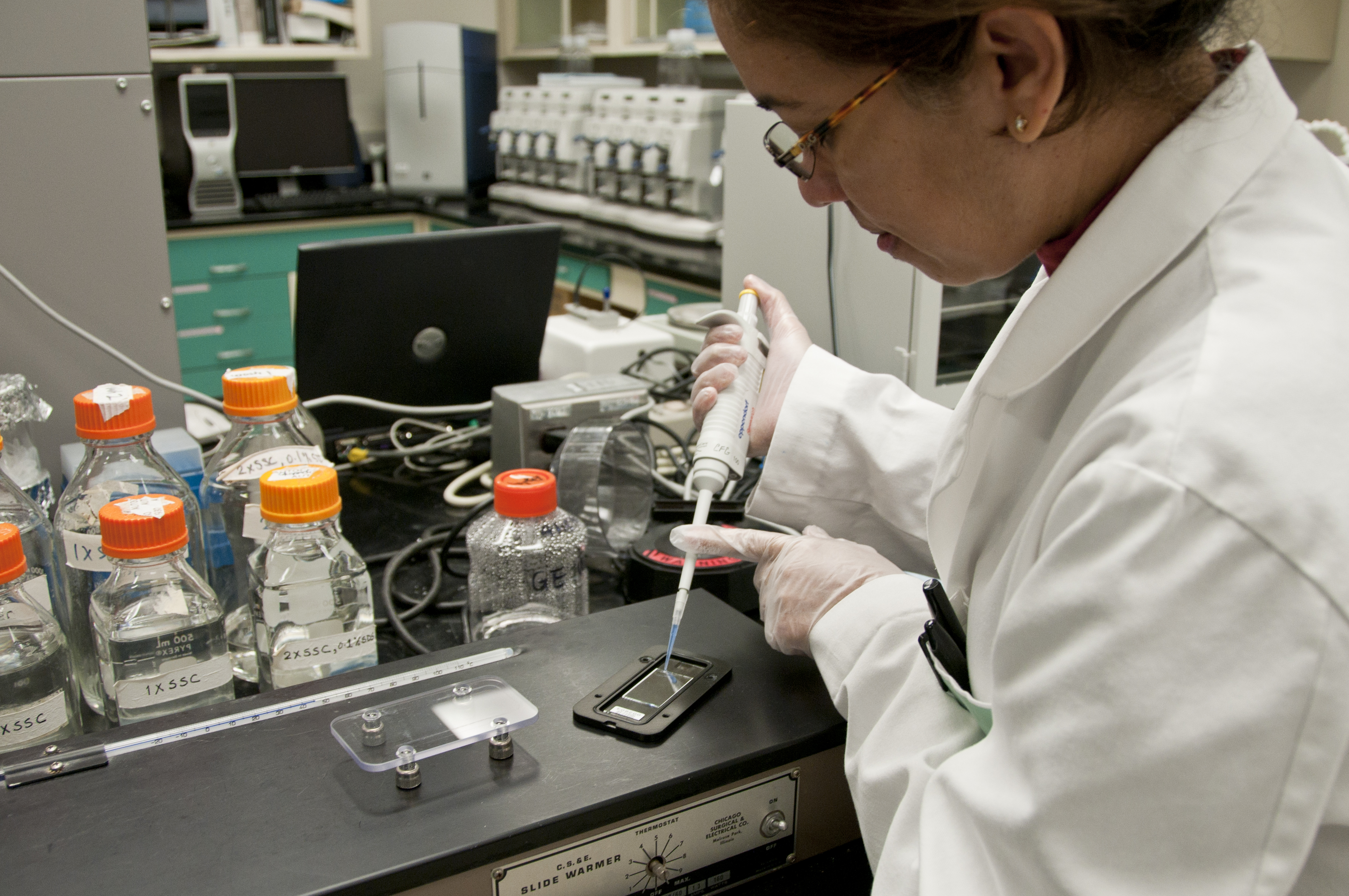
Photo from academic.microsoft.com
Polybrominated diphenyl ethers (PBDEs) are commonly used to retard the combustion of materials such as foam padding, textiles, or plastics, and numerous studies have confirmed the accumulation thereof in the… Click to show full abstract
Polybrominated diphenyl ethers (PBDEs) are commonly used to retard the combustion of materials such as foam padding, textiles, or plastics, and numerous studies have confirmed the accumulation thereof in the environment and in fish, mammals, and humans. In this study, we used metabolomics to conduct an environmental risk assessment of the PBDE‐209. We profiled the urinary metabolites of control and PBDE‐treated rats (exposed to PBDE‐209) using nuclear magnetic resonance (NMR) and mass spectrometry (MS). Global metabolic profiling indicated that the effects of PBDE‐209 on the urinary metabolic profile were not significant. However, targeted metabolic profiling revealed progressive effects of PBDE‐209 over a 7‐day PBDE‐209 treatment. Moreover, despite the weak PBDE‐209 effects, we observed that choline, acetylcholine, 3‐indoxylsulfate, creatinine, urea, and dimethyl sulfone levels were decreased, whereas that of pyruvate was significantly increased. Furthermore, we suggest that the increased pyruvate level and decreased levels of choline, acetylcholine, and uremic toxins were suggestive of endocrine disruption and neurodevelopmental toxicity caused by PBDEs. © 2016 Wiley Periodicals, Inc. Environ Toxicol 32: 1262–1272, 2017.
Journal Title: Environmental Toxicology
Year Published: 2017
Link to full text (if available)
Share on Social Media: Sign Up to like & get
recommendations!